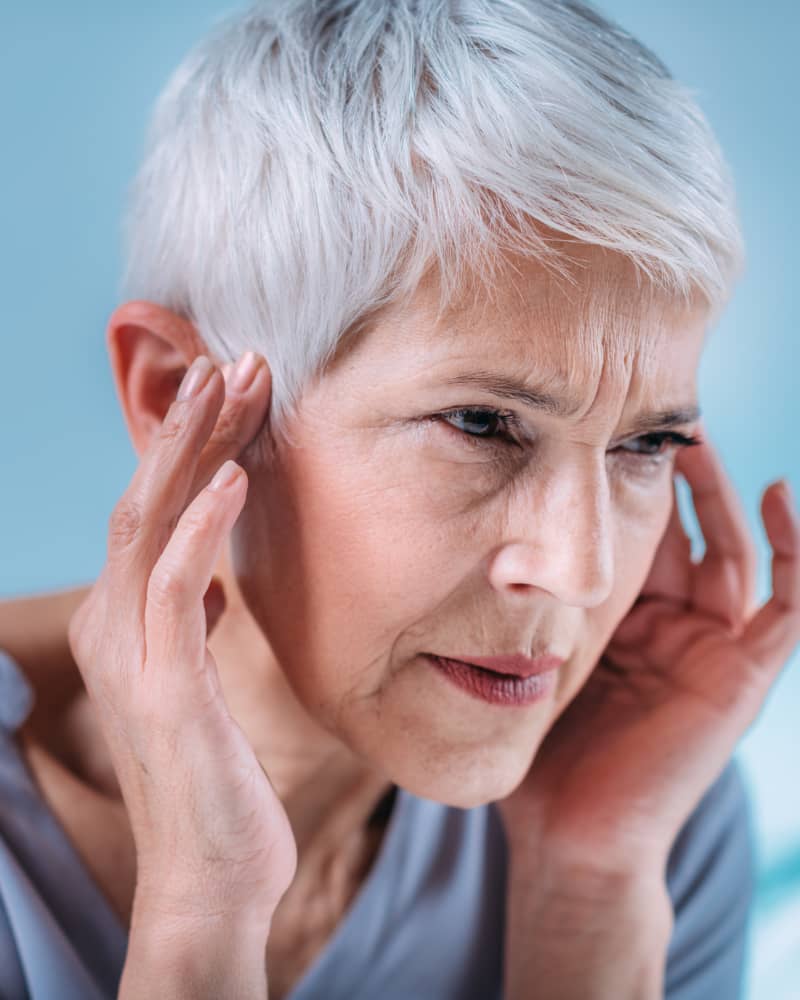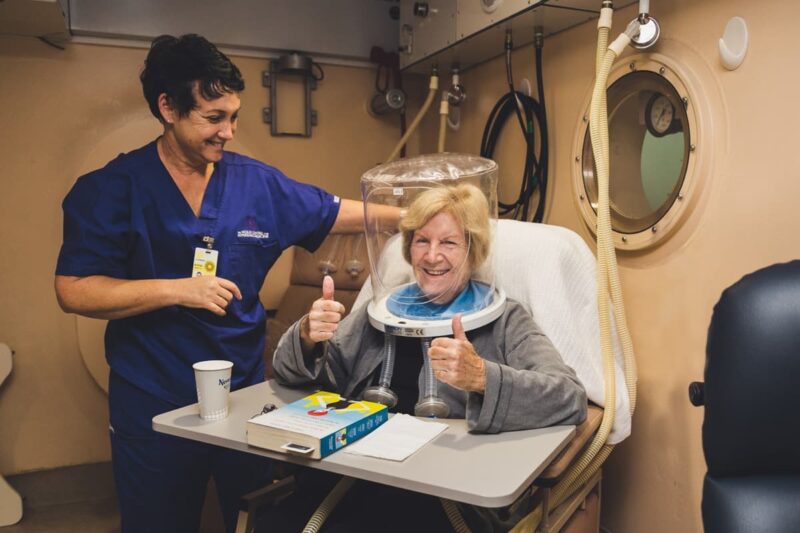Hearing loss hyperbaric oxygen

Hyperbaric chamber for hearing loss Brisbane
What is idiopathic sudden sensorineural hearing loss?
Idiopathic Sudden Sensorineural Hearing Loss (ISSHL) is a type of hearing loss that occurs suddenly and for no apparent reason. It affects the inner ear (sensorineural) and can cause a significant decline in your ability to hear sounds. The term “idiopathic” means that the cause is unknown.

People with ISSHL often experience these symptoms:
- Ringing in the ear (tinnitus),
- Dizziness,
- Difficulty hearing in noisy environments.
It is paramount to seek medical attention if you experience sudden hearing loss, as prompt treatment can improve your chances of recovery.
What causes ISSHL?
The exact cause of ISSHL is often unknown, which is why it is referred to as “idiopathic.” According to research, approximately 90% of SSHL cases are idiopathic.
Possible causes of ISSHL are:
- Vascular occlusion
- Viral infections
- Labyrinthine membrane breaks
- Immune associated disease
- Abnormal cochlear stress response
- Trauma
- Abnormal tissue growth
- Toxins
- Ototoxic drugs
- Cochlear membrane damage
Treating sudden hearing loss
Time is of the essence


The GP’s first role is to distinguish sensorineural hearing loss from conductive hearing loss. Patients with ISSHL report quieter sound from the vibrating tuning fork in the affected ear, while patients with conductive hearing loss (the majority of hearing loss cases seen in general practice) will report the sound as loudest in the affected ear.
How is ISSHL diagnosed?
When ISSHL is suspected, your GP will refer you to an audiologist or ENT specialist. They will perform a pure tone audiogram, which is a graphical representation of your hearing ability.
The results of the test are plotted on a graph with frequency (measured in Hertz) on the horizontal axis and hearing level (measured in decibels) on the vertical axis. The resulting graph forms an “audiogram,” which allows the doctor to see the specific frequencies you have difficulty hearing.
Treating hearing loss hyperbaric oxygen
Treating ISSHL with HBOT
There is increasing evidence that combination therapy of steroids plus HBOT significantly improves hearing in people with acute but not chronic ISSHL. The theory behind this is that HBOT can increase the amount of oxygen available to the inner ear, promoting healing and reducing inflammation.
If steroid treatment fails, prompt hyperbaric oxygen therapy is required within two weeks of mild to moderate hearing loss onset for any benefit. There is a wide institutional variation in optimal treatment protocol for HBOT in ISSHL.
In more detail: HBOT and ISSHL
The cochlea – a spiral-shaped structure in the inner ear – and the structures within it require a high oxygen supply. It is known that the oxygen tension in the perilymph – the fluid that surrounds the cochlea in the inner ear – may become depleted in patients with ISSHL. This then leads to a reduction in blood flow and increased oxidative stress in the inner ear. As a result, this may damage the hair cells and other structures in the inner ear, leading to hearing loss.
The basic idea behind using HBOT for ISSHL is that increased oxygen levels may help to improve blood flow and reduce oxidative stress in the inner ear, leading to improved hearing and reduced hearing loss. Some studies have suggested that HBOT may help to improve hearing in patients with ISSHL, but more research is needed to fully understand its potential benefits and limitations.

The Undersea and Hyperbaric Medicine Society (UHMS) revised their practice guidelines in 2014 adding ISSHL to approved indications for HBOT. The UHMS suggests 10-20 HBOT treatments at 2.0 to 2.4 ATA.
As mentioned earlier, early intervention and treatment with HBOT can markedly improve your quality of life. If you are experiencing sudden hearing loss, go and see your GP as soon as possible and ask for a referral to Wesley Hyperbaric. To learn more, get in touch with our friendly staff.
Click here to download our white paper.
Your journey starts with these 3 steps
When you have completed your hyperbaric sessions, your condition is reassessed by one of our doctors.